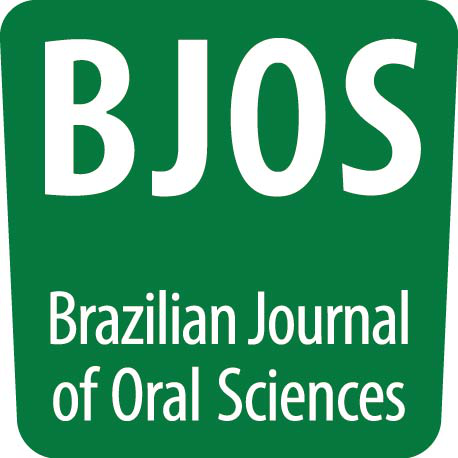AIM: To evaluate the bond strength of brackets fixed with different materials (two light-cured nanofilled resins - Transbond Supreme LV and Flow Tain LV, a light-cured resin - Transbond XT (control) and two chemically cured resins for indirect bonding - Sondhi Rapid- Set and Custom I.Q.) using the indirect bonding technique after 10 min and 24 h, and evaluate the type of failure. METHODS: One hundred premolars were selected and randomly divided into groups (n=10) according to the material and fixation period. The brackets were bonded through the indirect technique following the manufacturer's instructions and stored in deionized water at 37°C for 10 min or 24 h. After, the specimens were submitted to a shear bond strength (SBS) test (Instron) at 0.5 mm/min and evaluated for adhesive remnant index (ARI). The data were submitted to ANOVA and Tukey's test (p<0.05) and the ARI scores were submitted to the chi-square test. RESULTS: It could be observed a significant difference among the materials (Flow Tain LV = Transbond Supreme LV = Transbond XT> Sondhi Rapid-Set > Custom I.Q.). There was no significant difference in resistance values between 10 min and 24 h, regardless of the materials. Most groups showed adhesive remaining adhered to the enamel (scores 2 and 3) without statistically significant difference (p>0.05). CONCLUSIONS: It was concluded that the light-cured nanofilled materials used in indirect bonding showed greater resistance than the chemically cured materials. The period of fixation had no influence on the resistance for different materials.
orthodontics; indirect bonding; orthodontic brackets
